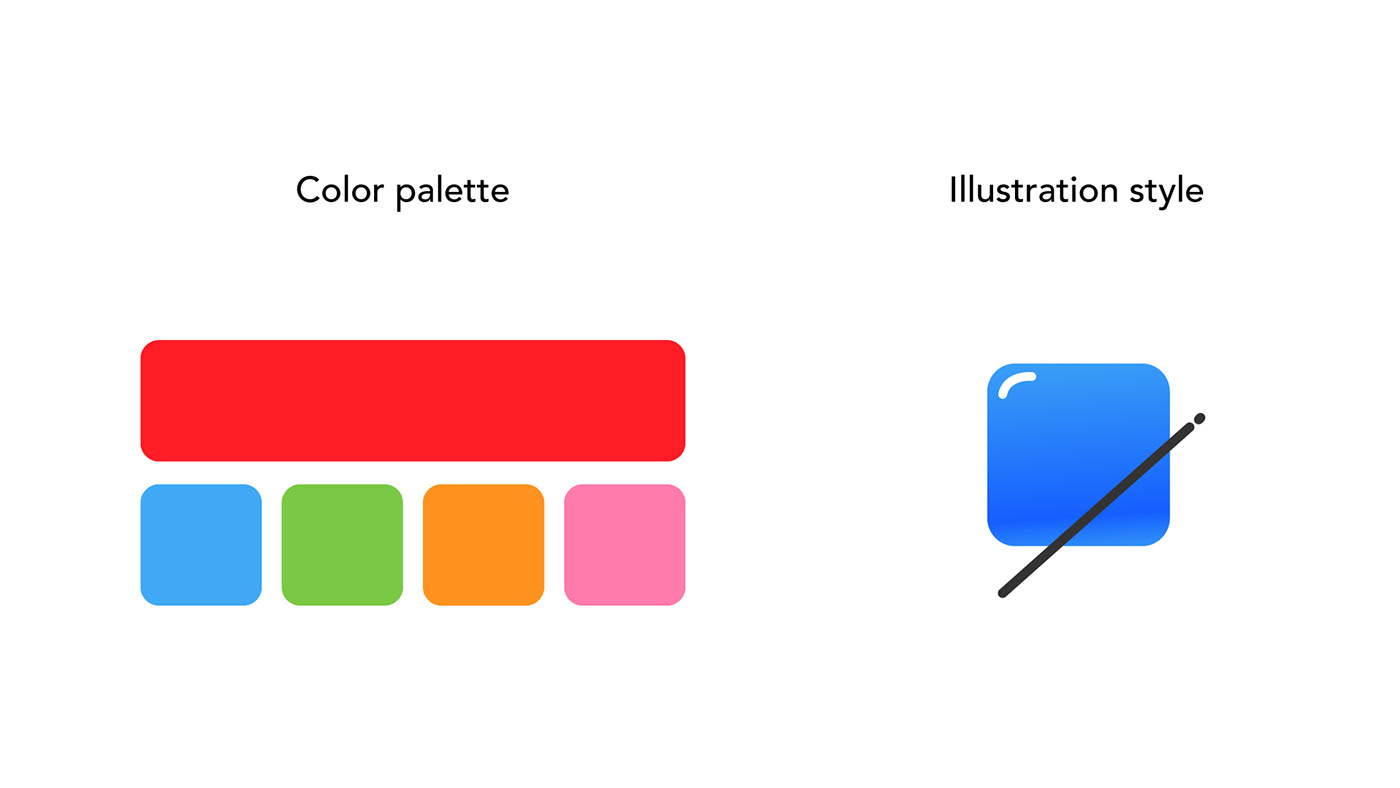





Affordances
Provide strong clues to the operations of things. Your design must be intuitive enough for users to understand how to interact with it naturally, just by looking at it. This can be achieved through visual cues, such as colors and shadows, and by observing real-world objects and behaviors to make UI elements feel authentic and intuitive.

Consistency
Is important in design to make users feel in control and focused. By using familiar interaction models, such as in navigation, we can avoid flaws and save time for designers.

Forgiveness
Designing without empathy is difficult. Put yourself in your users’ shoes and anticipate problems they may encounter. Encourage exploration with reversible actions and safety nets, but always warn users about irreversible data loss. Be mindful of feedback and provide additional guidance for users who may not fully understand how to complete their task.

Global thinking
Design must be mindful of the diverse backgrounds and cultural contexts of their users. This includes factors such as language, symbols, colors, text layout, keyboard input, and formatting of personal names, calendars, dates, currency, numbers, and measurements. As a designer, it's important to understand that not everyone thinks or interacts the same way you do, so you need to take a broader perspective and learn how to design for a global audience.

Accessible
Products are best when they can be used by everyone.

Data Driven Informed
Always conduct user testing when designing a new product to turn feedback into better products. Do not ship unfinished or uninspired versions of your design, and do not rely solely on raw data to drive product decisions. Instead, let data act as a check on your intuition and taste, as metrics such as “most clicks” or “highest conversion rate” do not always translate to better products.

Reflect User's Mental Model
Start with the customer experience and work back towards technology, as users already have a mental model that describes the task your product is enabling, which is based on their real-world experiences and use of other products. By building on the knowledge and experiences of your users, you can create a product that meets their expectations and is easy to use, rather than imposing an unfamiliar conceptual model on them.

Show, Don't Tell
An effective user interface should be intuitive and not require instructions. If users need to be told how to complete a task, then the design needs to be re-thought. Labels like “click here to complete your purchase” should be avoided in favor of clear and obvious buttons like “Purchase”.
















I want to express my gratitude to the amazing Cornershop design team. I deeply appreciate each and every one of you for your hard work and dedication.






